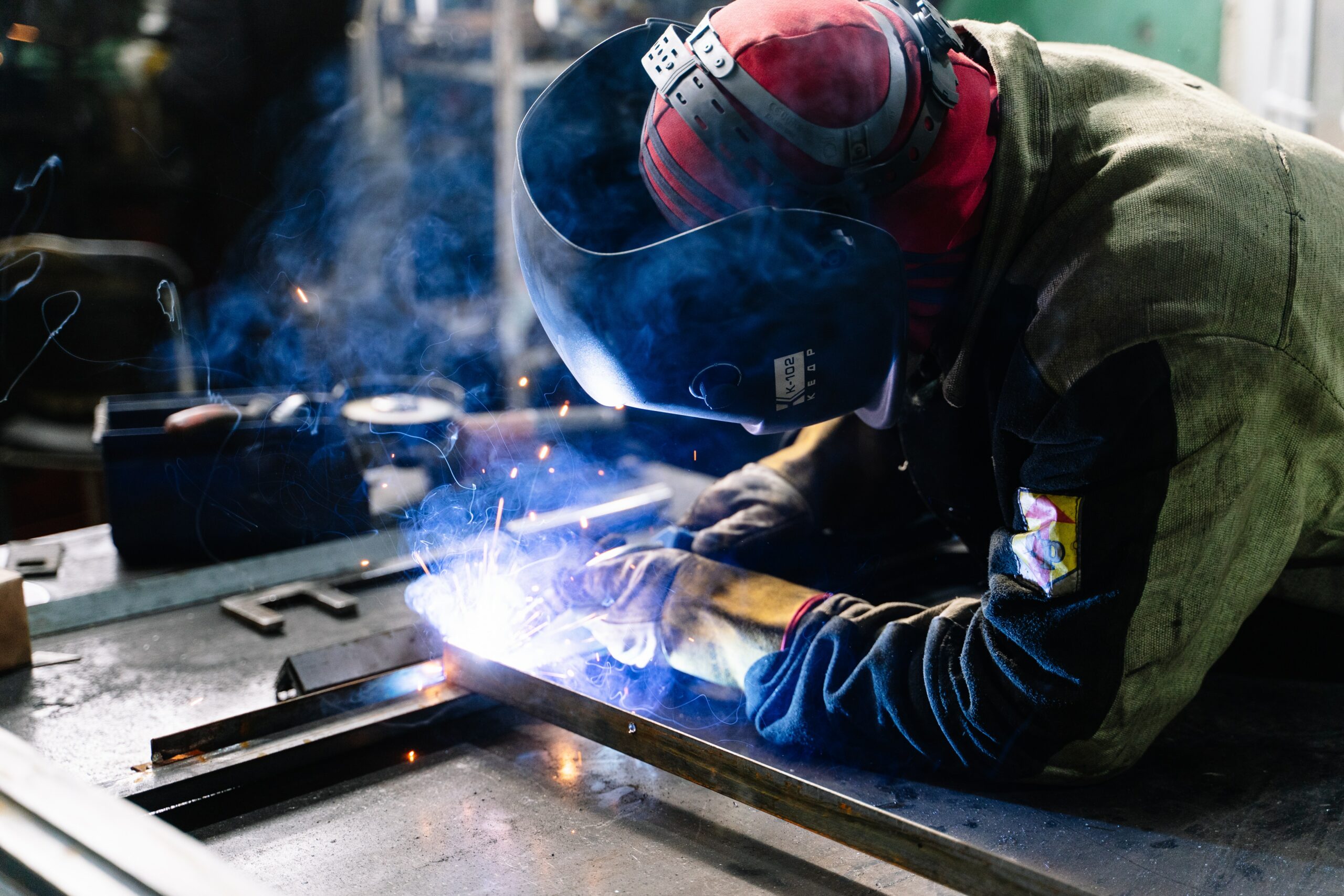Hey y’all, it’s your boy Joe here and I’ve got a real doozy of a story to tell ya about the time I tried to hang a damn picture in my living room.
So I’m sittin’ there with my hammer and nails, tryna find the perfect spot to put up this picture of my grandmother.
I’m tapping on the wall, tryna find a solid spot to put the nail in and suddenly, the whole damn wall collapses.
Turns out, I had accidentally hit a weak spot in the drywall and there wasn’t no stud there to hold it up. It was a real mess let me tell ya.
Long story short, I learned the hard way that findin’ them studs is crucial before you start hammerin’ away on your walls.
And that’s where a stud finder comes in, folks. These handy dandy little tools can save you from a whole lotta trouble, trust me.
A stud finder is a device used to locate the wooden supports (studs) in a wall, before hanging shelves or heavy objects.
Table of Contents
What Can Interfere with a Stud Finder?
When it comes to findin’ them studs, there are a few things that can throw a wrench in the works. These include:
- Electrical wiring – If there’s wiring runnin’ through the wall, it can interfere with the stud finder’s readings.
- Metal objects – If there’s metal behind the drywall, such as metal studs or pipes, it can also throw off the readings.
- Wall texture – If the wall has a heavy texture, it can make it harder for the stud finder to get accurate readings.
How Do You Know When a Stud Finder Finds a Stud?
When you’re runnin’ the stud finder over the wall, it’ll give ya a little beep or vibration when it detects a stud.
Some models will even light up or display the location of the stud on a screen. But the key is to keep movin’ it around until you find that sweet spot where the stud is located.
What Sensor Does a Stud Finder Use?
There are a few different types of sensors that stud finders use, including:
- Magnetic sensors – These use the principle of magnetic fields to locate the nails or screws that hold the drywall to the studs.
- Electronic sensors – These use electronic signals to locate the studs.
- Acoustic sensors – These use sound waves to locate the studs.
FAQs
Q: Can I use a stud finder on a concrete wall?
A: Unfortunately, stud finders are designed to work on wooden walls and may not be effective on concrete.
Q: Can I use a stud finder on a metal wall?
A: Same deal as concrete walls, stud finders aren’t built to work on metal surfaces
Q: Can I use a stud finder on a plaster wall?
A: It’s possible, but keep in mind that plaster can be thicker than drywall, so you may need to adjust the sensitivity on your stud finder accordingly.
Q: Can I use a stud finder on a wall with wallpaper?
A: Sure thing, just make sure to take the wallpaper into consideration when you’re runnin’ the stud finder over the wall.
The wallpaper may make it harder to detect the studs.
The Bottom Line
In conclusion, a stud finder is a handy tool that can save you a whole lotta headaches when it comes to hanging things on your walls.
Just keep in mind that there may be some interference, and make sure to adjust the sensitivity accordingly.
And remember, when in doubt, always err on the side of caution and find that darn stud before you start hammerin’ away.
